Armor of the Land of the Rising Sun: The Beginning of Change
Though snow on Fuji!
Pussy
Armor and weapon samurai of japan. To begin with, we recall that all photographs under which there is no signature on the belonging of this exhibit to a particular museum belong to the Tokyo National Museum. So we will continue today to get acquainted with his collections.
Last time, we settled on the Japanese armor of the Nambokuto era (1336-1392). Which, however, did not bring peace to the country. The Kamakur shogunate made a serious mistake, allowing the local nobility to increase to a dangerous limit. The emperor, who had long dreamed of regaining power, made a bet on the dissatisfied, and great turmoil began in the country. Large daimyo landowners became almost independent of the shogunate’s power and were able to maintain entire armies. Samurai were no longer enough to serve in them, and they began to massively recruit peasants into their troops. And the peasants only needed this. Having learned how to use weapons, they began to organize one uprising after another: in 1428, 1441, 1447, 1451, 1457 and 1461. Peasant detachments even broke into the streets of Kyoto, and the government made concessions to them. And then the war began already between the clans - the Onin-Bummey war (1467-1477), and then it turned out that the old armor needed a number of improvements.
The era of Nambokutyo and what happened afterwards
Samurai did not take them off now for weeks and fought a lot, not as horsemen, but as foot soldiers. And their enemies clearly increased! They were just the armed peasants - asigaru ("light-footed"), albeit somewhat armed, but strong in numbers. Many of them fought with half-hounds, but used large swords - no-dati, with which they delivered terrible blows.
A real samurai prefers real records! Or not?
Need is the best engine of progress. AND story military affairs in Japan once again confirms this. After the Onin-Bummey war, the first armor appeared that met the new conditions of warfare. They began to be called Mogami-do (the name of the area where they first began to be produced), which differed from all previous ones in that their cuirass began to consist not of cords connected with cords, but of five or seven metal bands on the chest and on the back. They were also connected by lacing, but more rare, called sukage-odoshi. Large plates of kiritsuke-kozane and kiritsuke-ёyozane began to be used in armor, the upper part of which resembled a “fence” of separate kojzane and ёizane plates, but solid metal was already below these “cloves”! Naturally, the rich samurai at first despised these "deceptive armor", saying that we can also order hon kozane do - "armor from real small plates", but gradually the Mogami-do became a very popular type of defensive weaponry. It is clear that armor made according to old models cost much more! After all, Japan has always been a country of good old traditions!
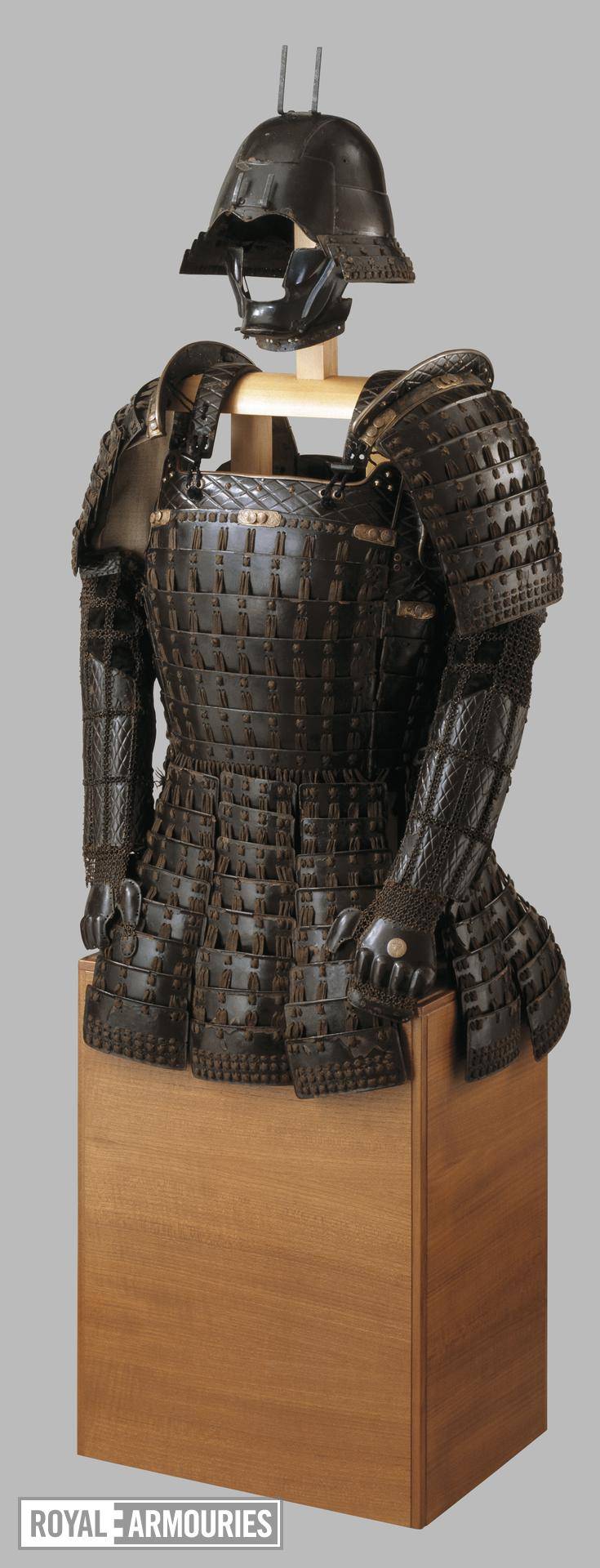
Another transitional type from the old armor to the armor of modern times, which later became known as “tozei-gusoku”, that is, “modern armor”, turned out to be nuinobe-do. In it, large fake Iyozane plates were connected by the rare weaving of Sugake-Odoshi. Then the fantasy of the Japanese gunsmiths created completely unusual armor - dangage-do, in which there were small plates at the bottom of the cuirass, in the middle of the strip of fake plates, and at the top - two rows of plates of kiritsuke-kozane.
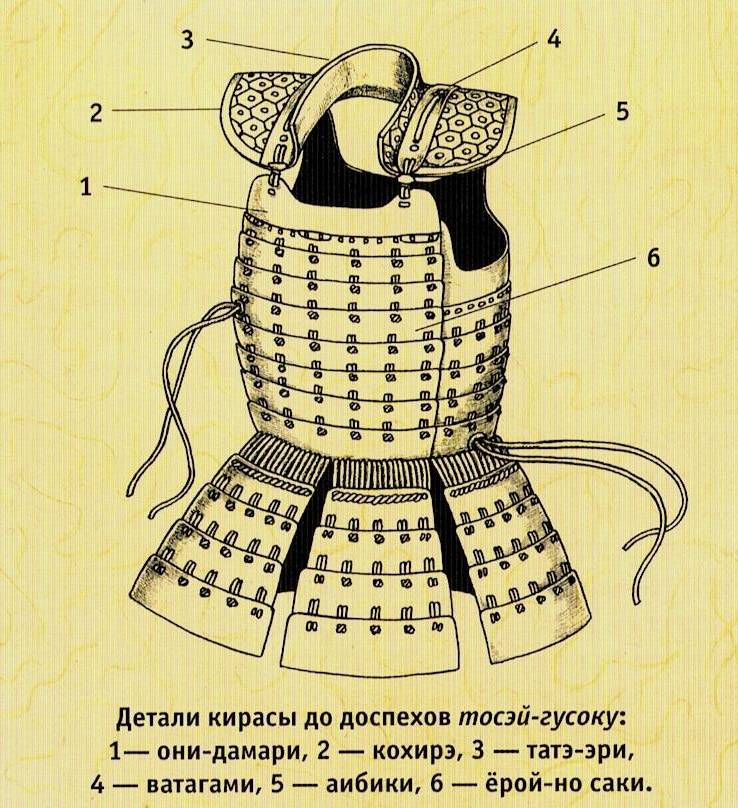
The first half of the XNUMXth century in the arms industry of Japan became a time of a kind of revolution related to the appearance of the Okegawa-do armor. In them, horizontally located plates were first joined not by cords, but by forging, which, however, led to the appearance of a large number of their varieties. For example, if the heads of the rivets connecting the stripes were visible, then it was the kakari-do armor.
"Modern armor" of the XVI-XIX centuries.
At the yokohagi-okegawa-do plate, the cuirasses were located horizontally, but at the tatehagi-okegawa-do, they were vertical. Yukinoshita-do, the armor by the name of the place where the famous gunsmith Miochin Hizae lived in his time (1573-1615), differed from all the others in a box-shaped form, as they consisted of solid forged sections connected by hinges, which was very convenient, since they were easy to disassemble and it was convenient to store them. Moreover, the gangs were already all-metal, including gyoe plates and small kohire shoulders attached to this armor also with hinges.
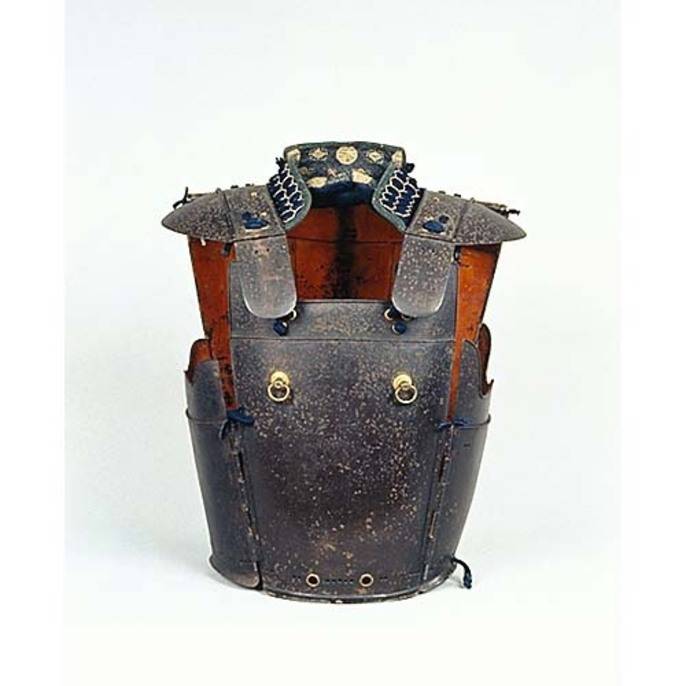
Especially these armor (which also had the names Kanto-do and Sendai-do) became popular in the Edo era, when the famous commander Date Masamune (1566-1636) put his entire army in Sendai-do. And he didn’t just put it on: all the armor was the same for the soldiers of higher and lower ranks, and differed only in the quality of the finish! The forged cuirass armor was called hotoke-do, but there were some very curious varieties of it. For example, the ne-do armor, or “Buddha's torso,” with a cuirass depicting a naked human torso, ascetic build, and even painted in flesh-colored, is known.
But this armor is a rare example of the “new armor” of the early Edo era (XVII century) with a cuirass imitating a bare-chested torso. It is believed that such cuirasses were not only a means of somehow showing themselves on the battlefield, but were made with the aim of ... scaring the enemy or, at least, causing his surprise [/ center]
The katahada-nougi-do cuirass ("half-naked carapace") was a combination of two styles: ny-do and tachi-do. It imitates the deed of a Buddhist monk: the ne-do plate on the right depicted the body, and on the left it was fastened with the usual carapace of sane plates imitating a monastic cassock. Edward Bryant, however, believed that in fact it was just a kimono torn in a fierce battle ...
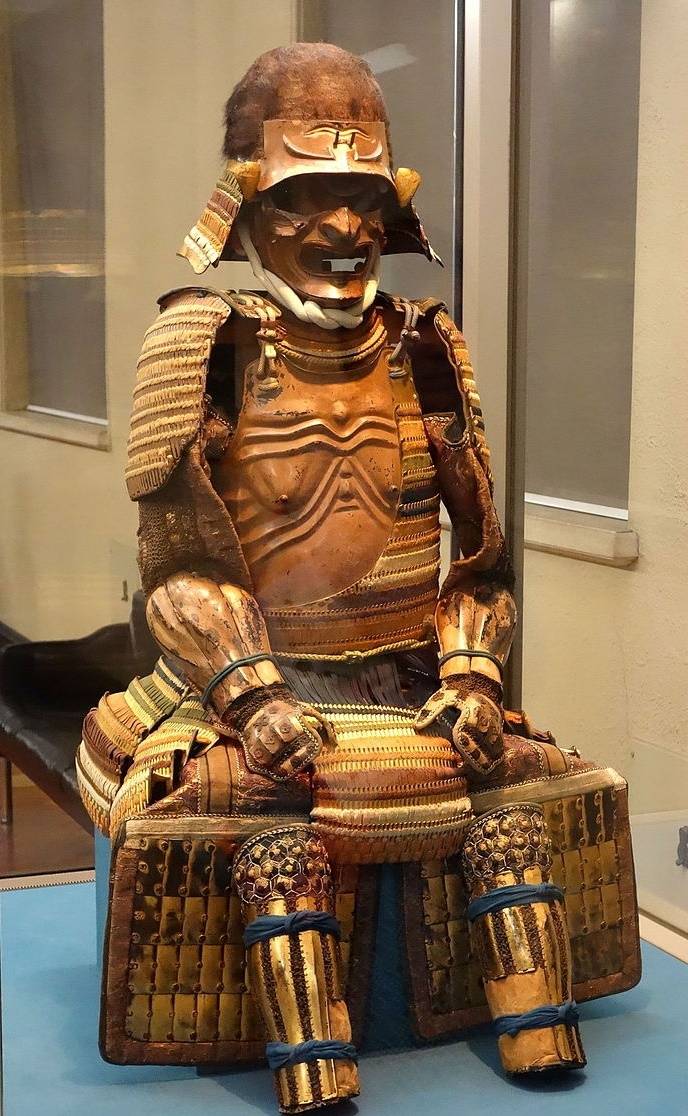
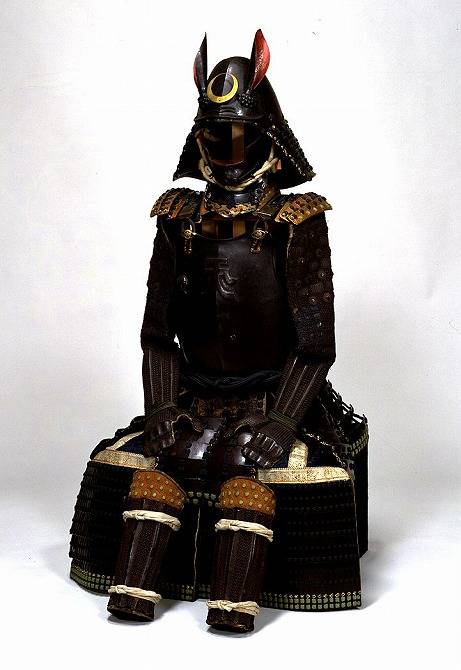
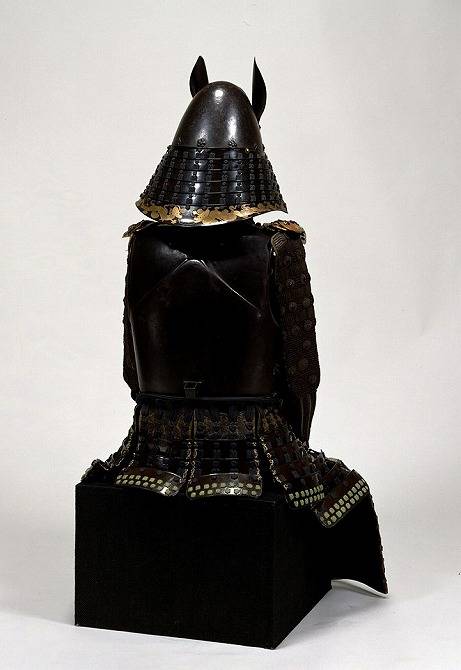
Trade with the Portuguese allowed the Japanese to get acquainted with European armor. They did not fully borrow them, but they liked the cuirasses and helmets. Using them as a basis, the Japanese gunsmiths created a very distinctive type of armor, called the Nambo-do (“armor of the southern barbarians”), which, although they were modeled after European ones, but with all the traditional Japanese details. For example, the hatamune-do armor consisted of European cuirass with a stiffener, but had a “skirt” attached to it - kusazuri. And again, the surface of European armor was always varnished and painted. Moreover, the most popular colors were black and brown. Japanese masters did not recognize pure white metal!
The cuirass and helmet are imported, and for some reason a helmet of type cassette is rotated 180 degrees! This armor was given to him by Tokugawa Ieyasu just before the battle of Sekigahar (1600), and since then it was in the Sakakibar family until it entered the Tokyo National Museum. The armor had Japanese shikoro (neck protection hanging from the helmet) and hikimavashi (shikoro ornament) made of white yak hair. The iron cuirass has the same shape as the European cuirass, but both sides of the waist are trimmed to make it shorter. The helmet is complemented by a mask of hoate, kote (bracers), haidate (protection for the hips and knees) and suneate (protection of the lower leg) of local manufacture. The helmet on the left and right shows the family coat of arms of Sakakibar Genziguruma (varnish sprinkled with gold powder). However, since it is unlikely that these coats of arms were made before Ieyasu handed this armor over to Sakakibara Yasumase, they were probably placed on it later. Belongs to important cultural heritage sites.
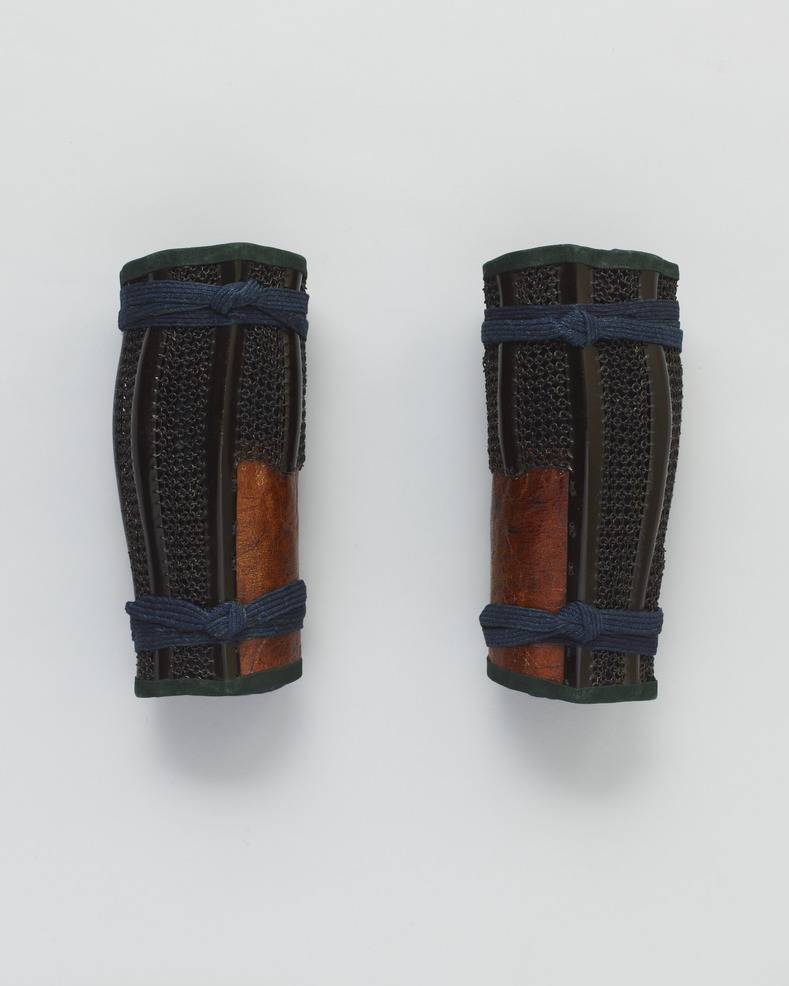
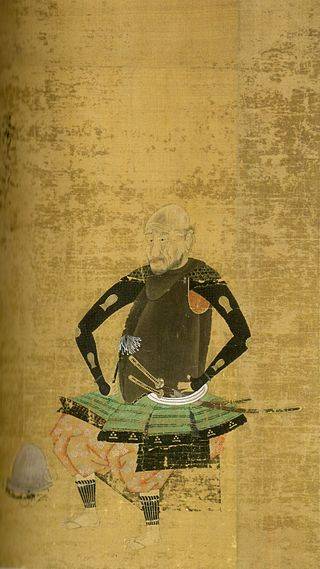
Literature
1. Kure M. Samurai. Illustrated story. M .: AST / Astrel, 2007.
2. Turnbull S. Military History of Japan. M .: Eksmo, 2013.
3. Turnbull S. Symbolism of Japanese Samurai. M.: AST / Astrel, 2007.
4. Shpakovsky V. Atlas of samurai. M .: Rosman-Press, 2005.
5. Shpakovsky V. Samurai. The first complete encyclopedia. M .: E / Yauza, 2016.
6. Bryant E. Samurai. M .: AST / Astrel, 2005.
7. Nosov K. Armament of samurai. M .: AST / Polygon, 2003.
To be continued ...
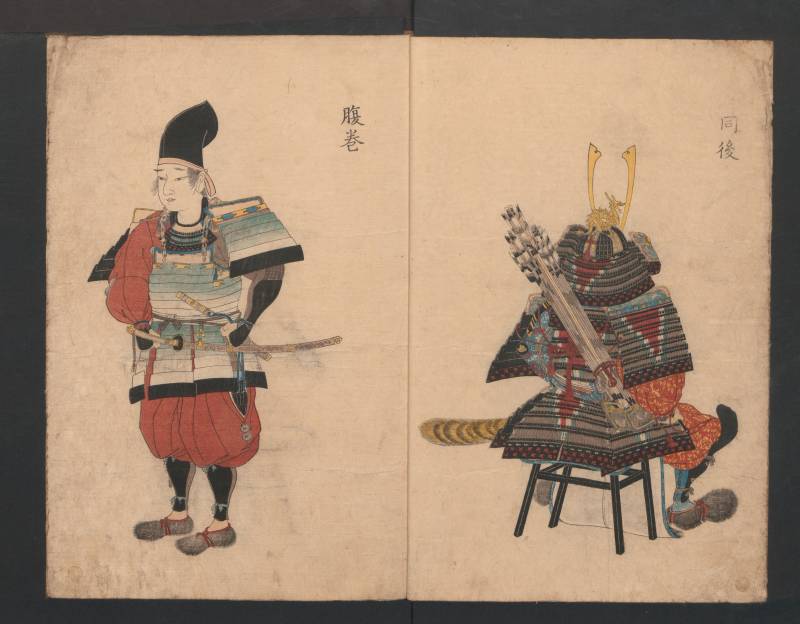
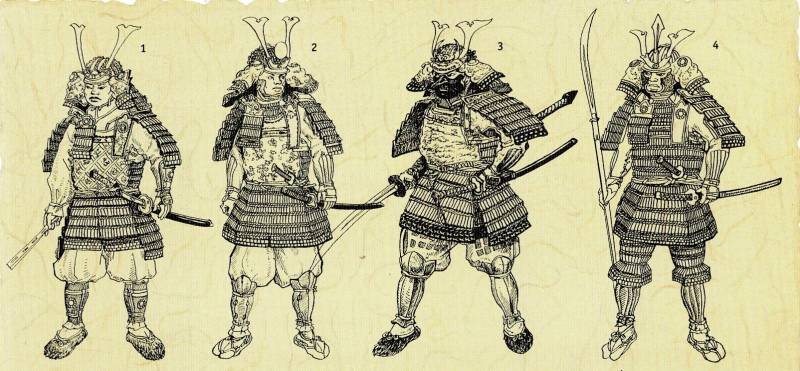
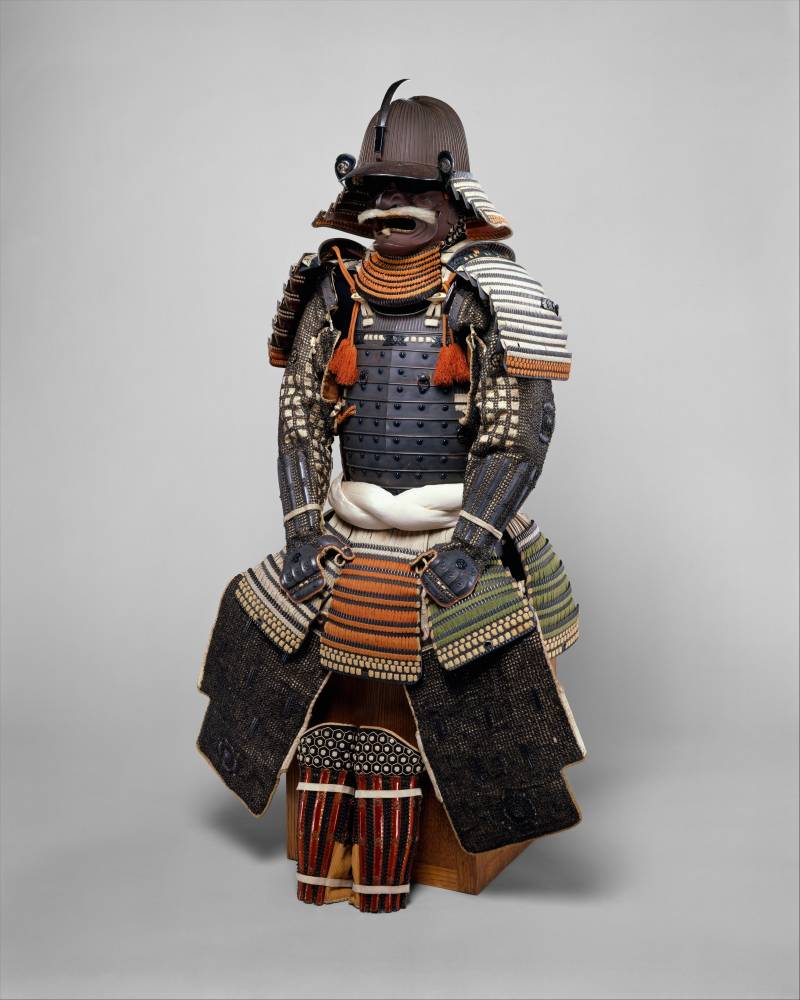
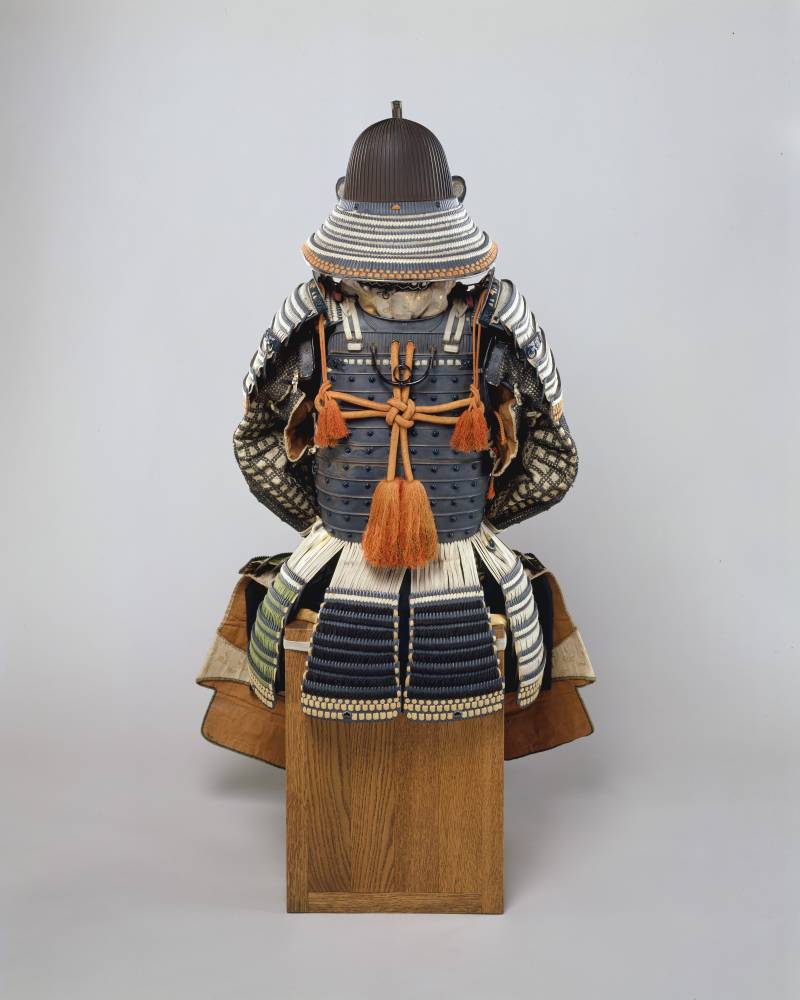
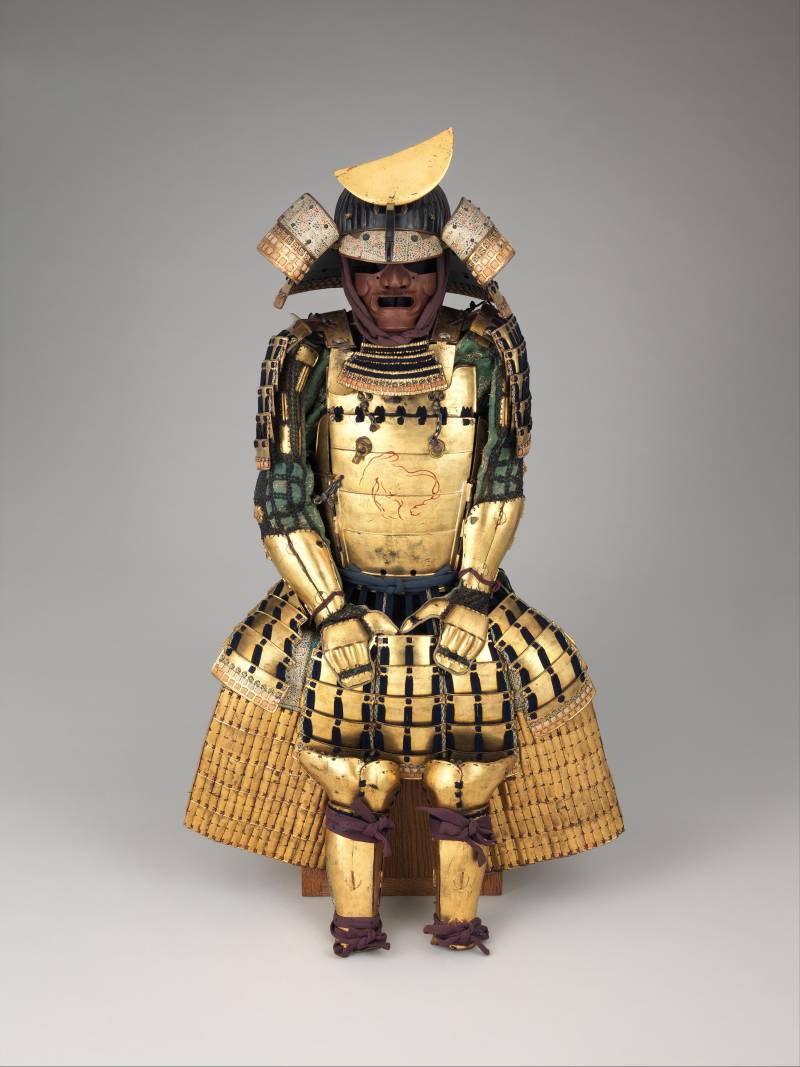
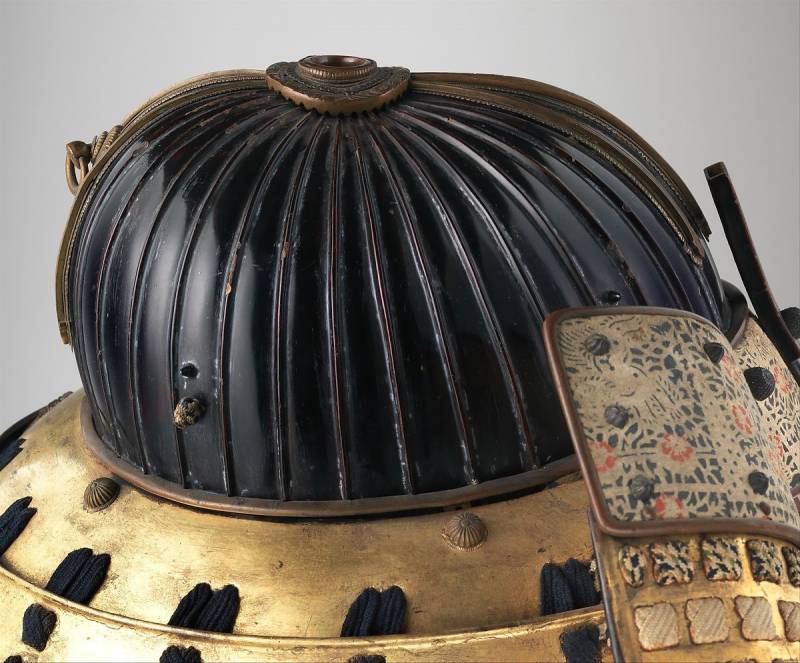
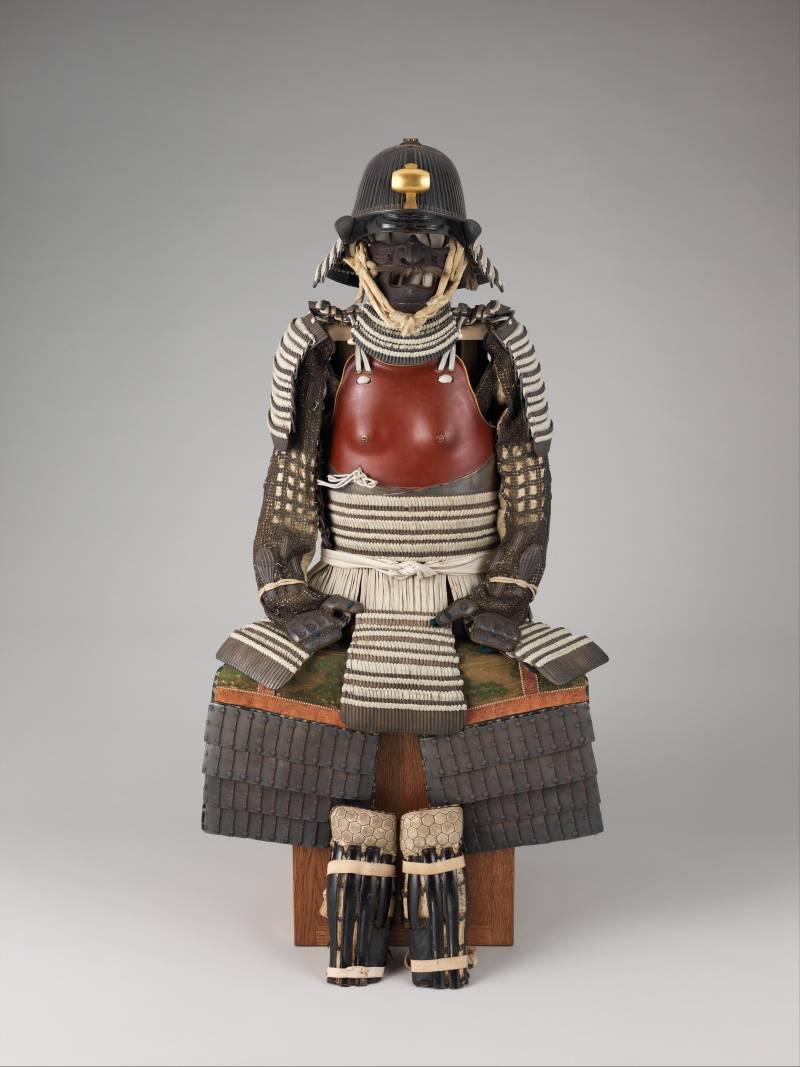
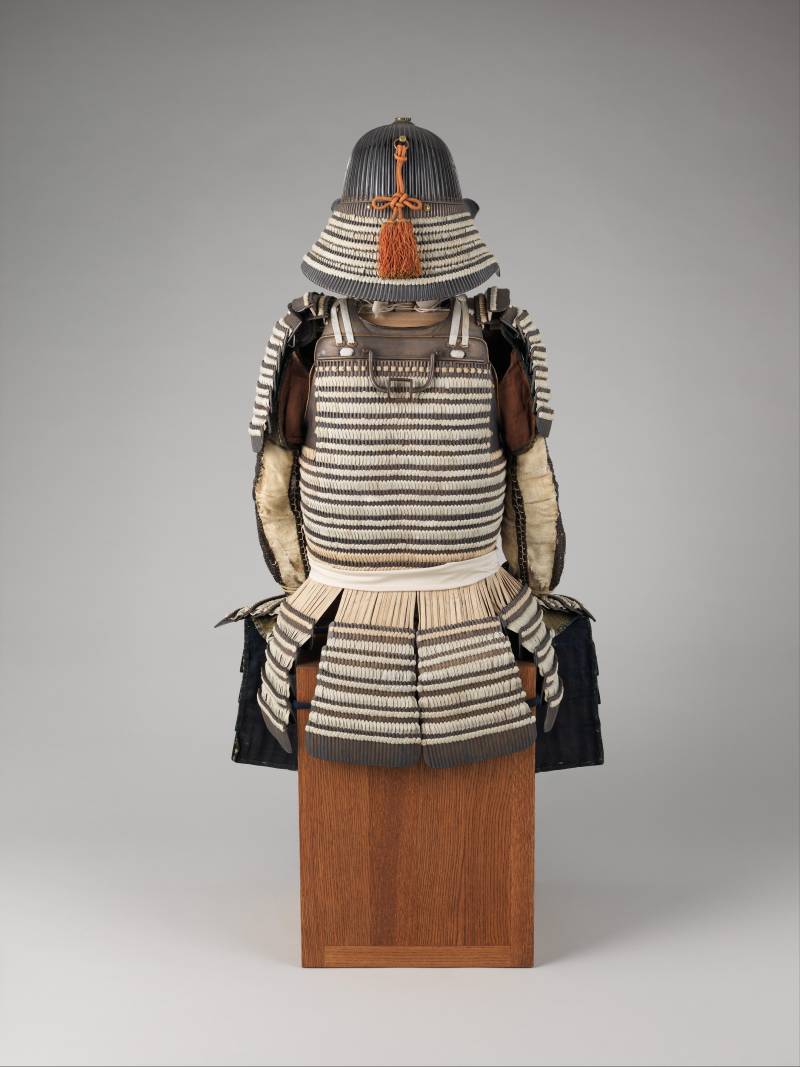
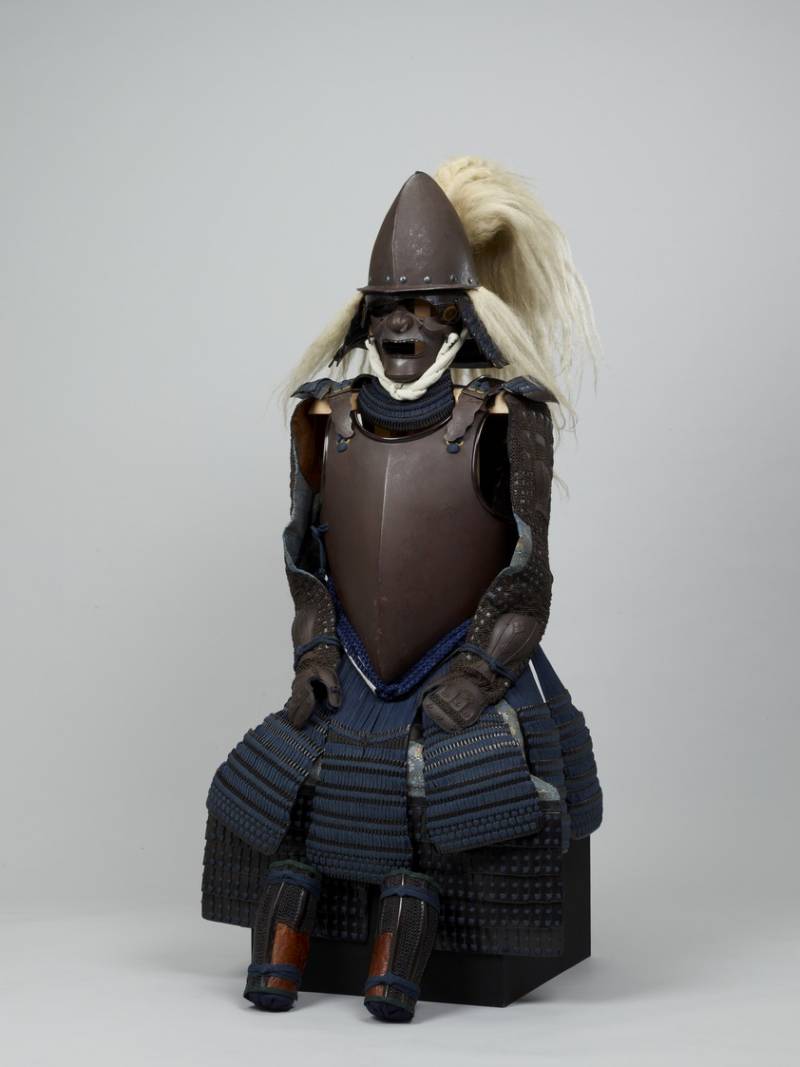
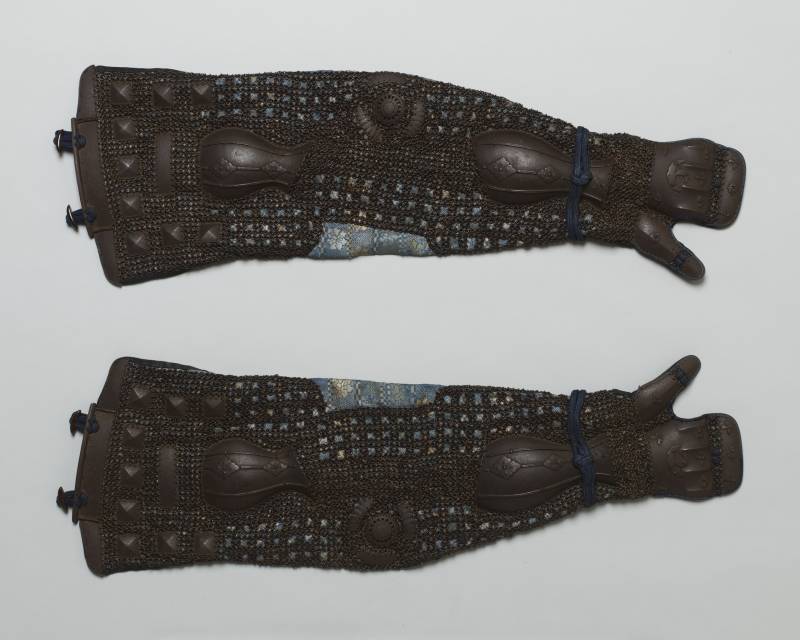
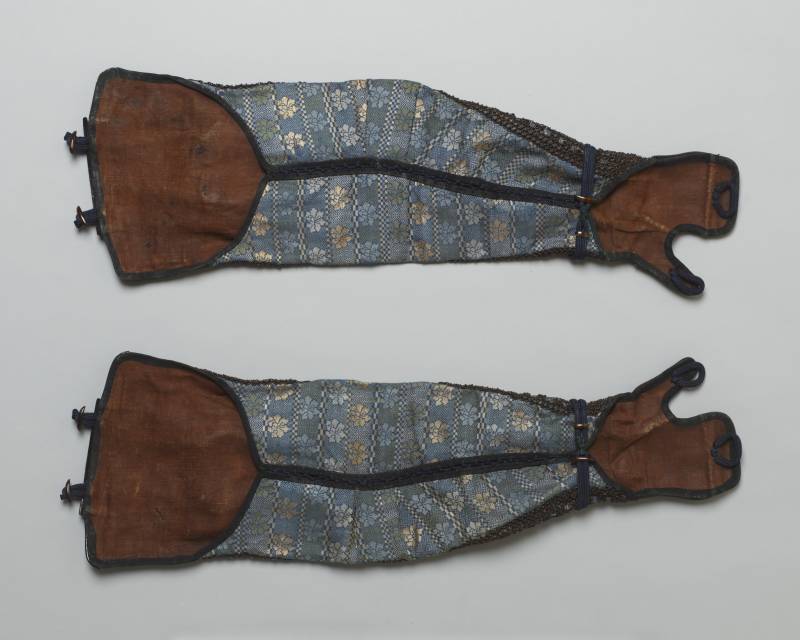
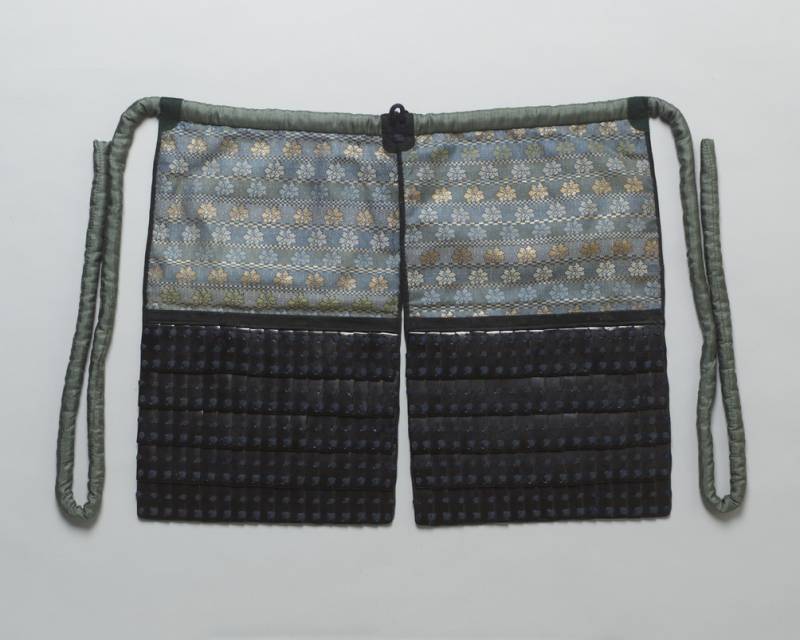
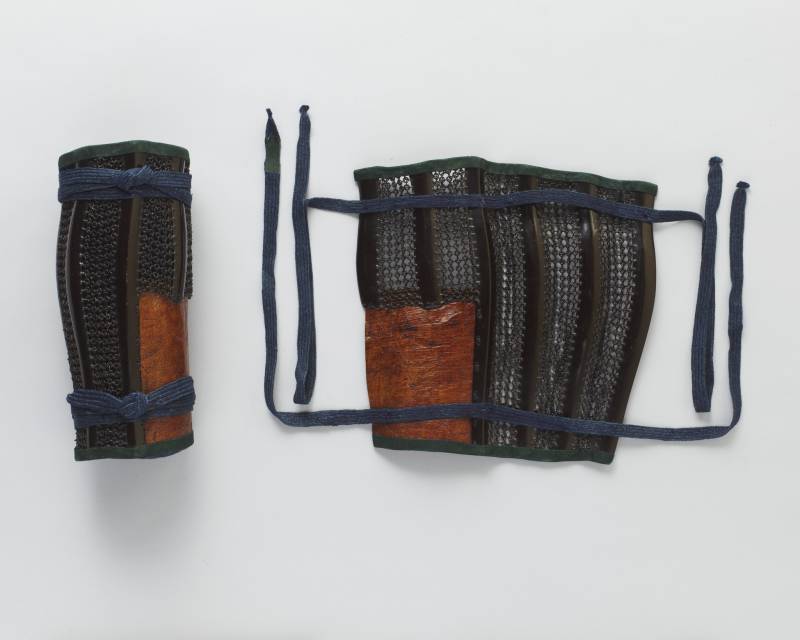
Information